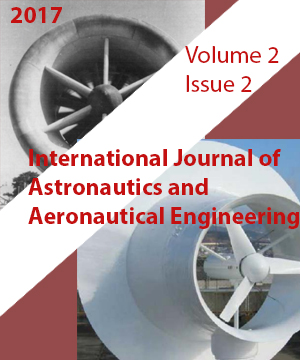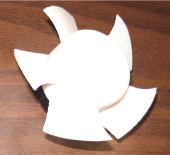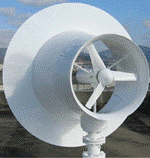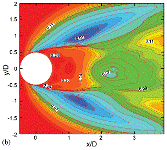International Journal of Astronautics and Aeronautical Engineering
ISSN: 2631-5009 Impact Factor = 0.52* DOI: 10.35840/2631-5009


Takayuki Hirose, Tetsuo Sawaragi, Yukio Horiguchi and Hiroaki Nakanishi
Hirose T, Sawaragi T, Horiguchi Y, Nakanishi H (2017) Safety Analysis for Resilient Complex Socio-Technical Systems with an Extended Functional Resonance Analysis Method. Int J Astronaut Aeronautical Eng 2:012.
Published Date: October 28, 2017
PDF | Full Text | EPUB | XML
Design and Testing of a Cooling Fan for Electro-Mechanical Actuators for Aerospace Applications
W Wu, YR Lin, O Mesalhy, JP Kizito, QH Leland and LC Chow
Wu W, Lin YR, Mesalhy O, Kizito JP, Leland QH, et al. (2017) Design and Testing of a Cooling Fan for Electro-Mechanical Actuators for Aerospace Applications. Int J Astronaut Aeronautical Eng 2:011.
Published Date: October 13, 2017
PDF | Full Text | EPUB | XML
Studies on Two-Mode Spray Combustion
Lixing Zhou and Fang Wang
Zhou L, Wang F (2017) Studies on Two-Mode Spray Combustion. Int J Astronaut Aeronautical Eng 2:010.
Published Date: August 25, 2017
PDF | Full Text | EPUB | XML
Analysis of Accelerating Devices for Enclosure Wind Turbines
Ahmad Sedaghat, Rafat Al Waked, M El Haj Assad, Khalil Khanafer and Muath NA Bani Salim
Sedaghat A, Waked RAI, Assad MEIH, Khanafer K, Salim MNAB (2017) Analysis of Accelerating Devices for Enclosure Wind Turbines. Int J Astronaut Aeronautical Eng 2:009.
Published Date: August 07, 2017
PDF | Full Text | EPUB | XML
AY Elbanhawy and A Turan
Elbanhawy AY, Turan A (2017) On 'Initial Regime' Cross Flow-Induced Vibration Predictions of Rigid Cylindrical Structures with High Wake Turbulence. Int J Astronaut Aeronautical Eng 2:008.
Published Date: August 05, 2017
PDF | Full Text | EPUB | XML
Interstellar Travel by Hyper-Space Navigation System
Yoshinari Minami
Minami Y (2017) Interstellar Travel by Hyper-Space Navigation System. Int J Astronaut Aeronautical Eng 2:007.
Published Date: May 29, 2017
PDF | Full Text | EPUB | XML